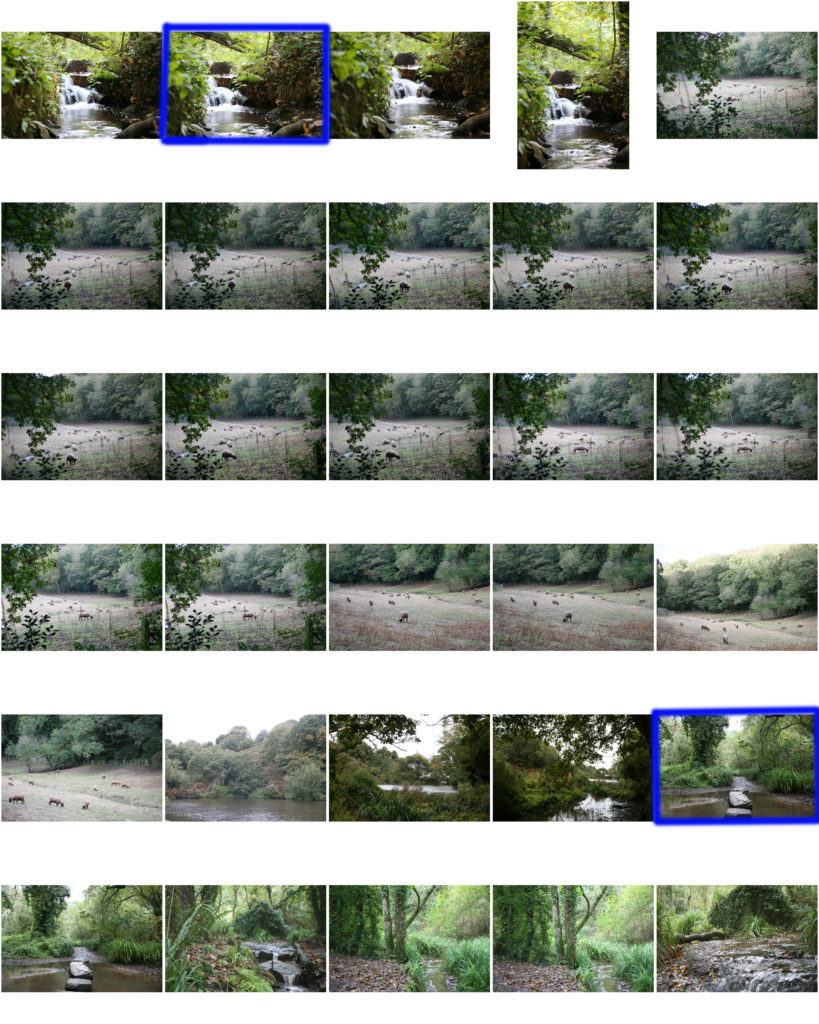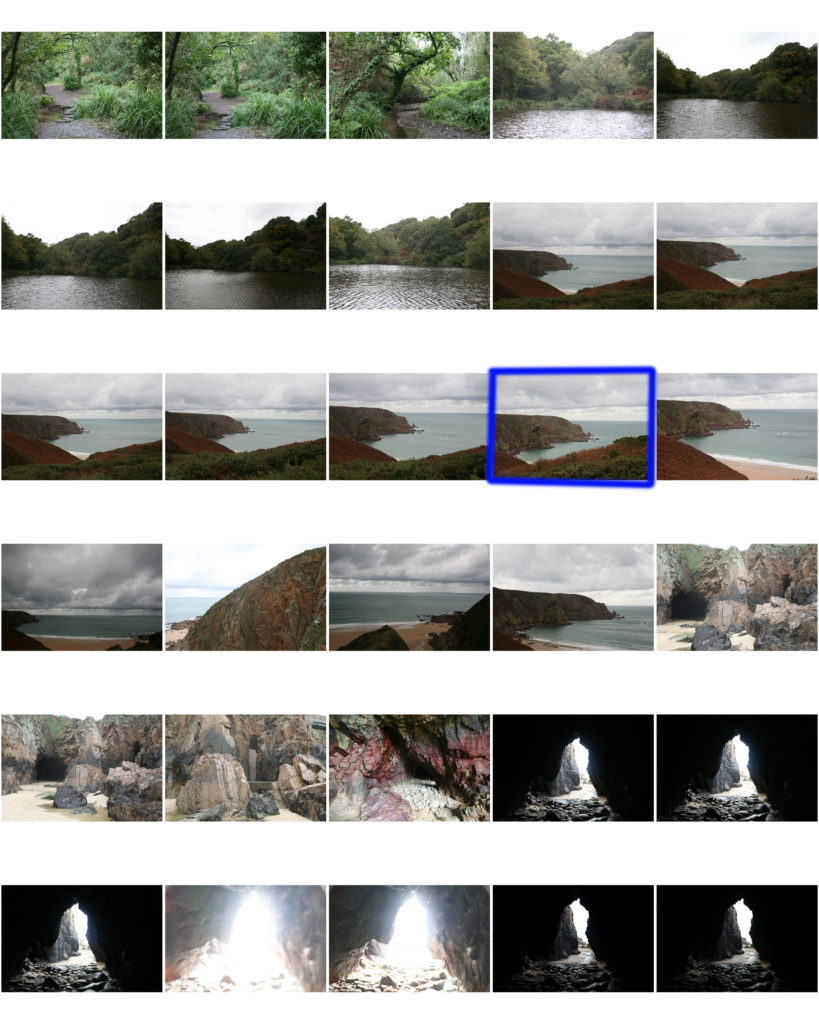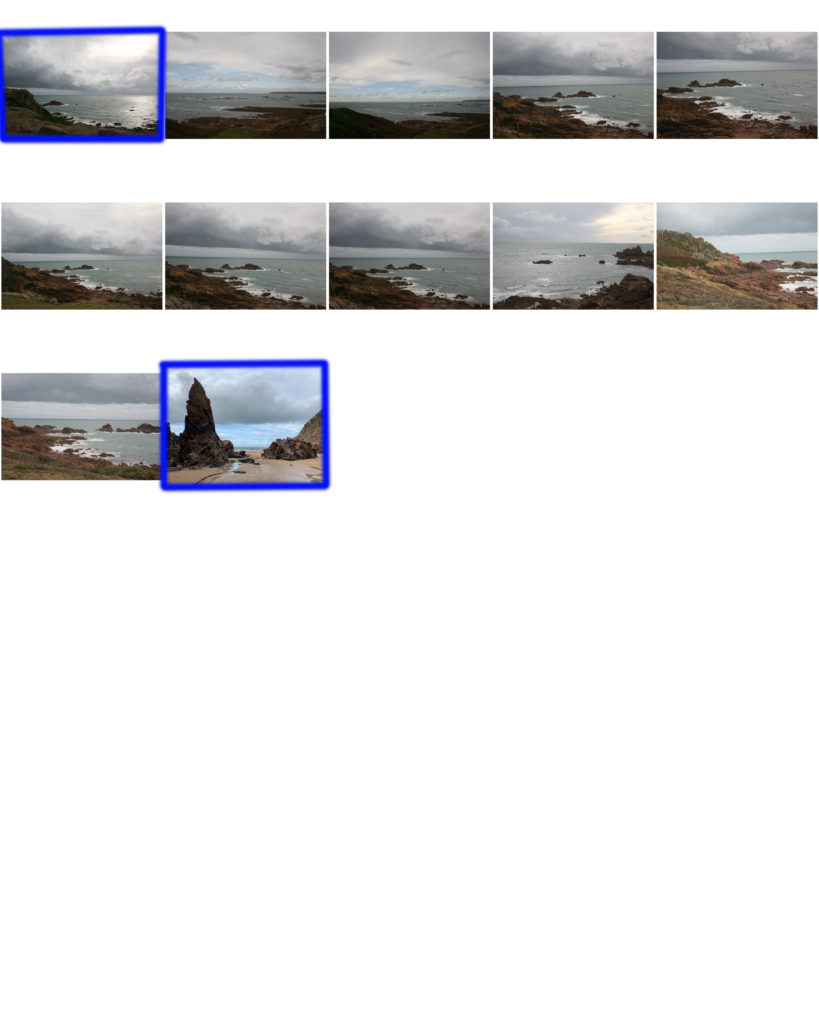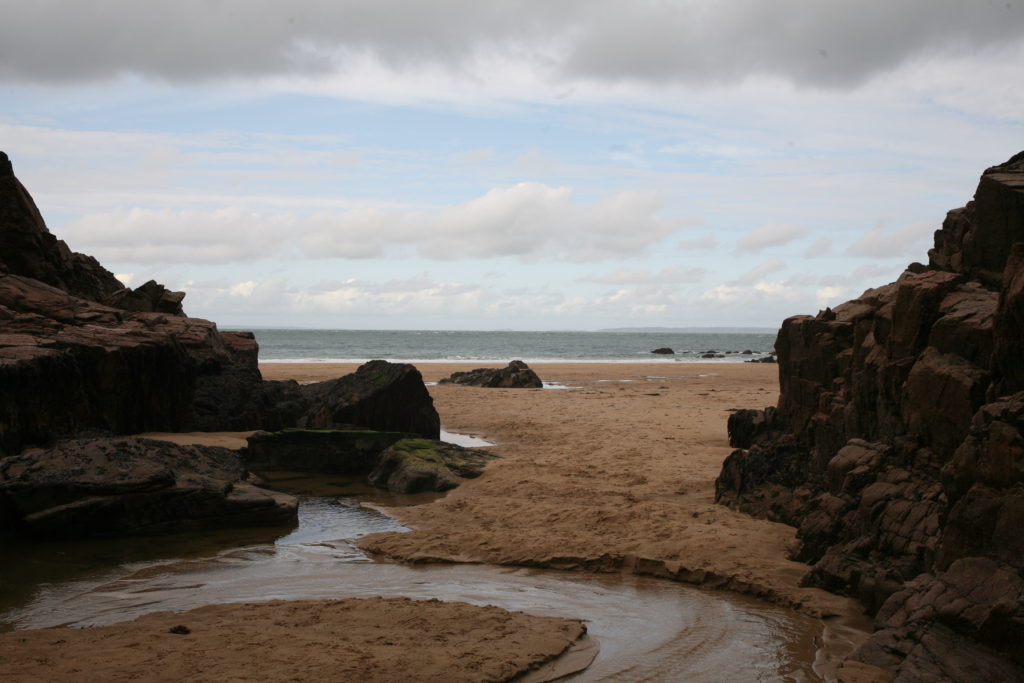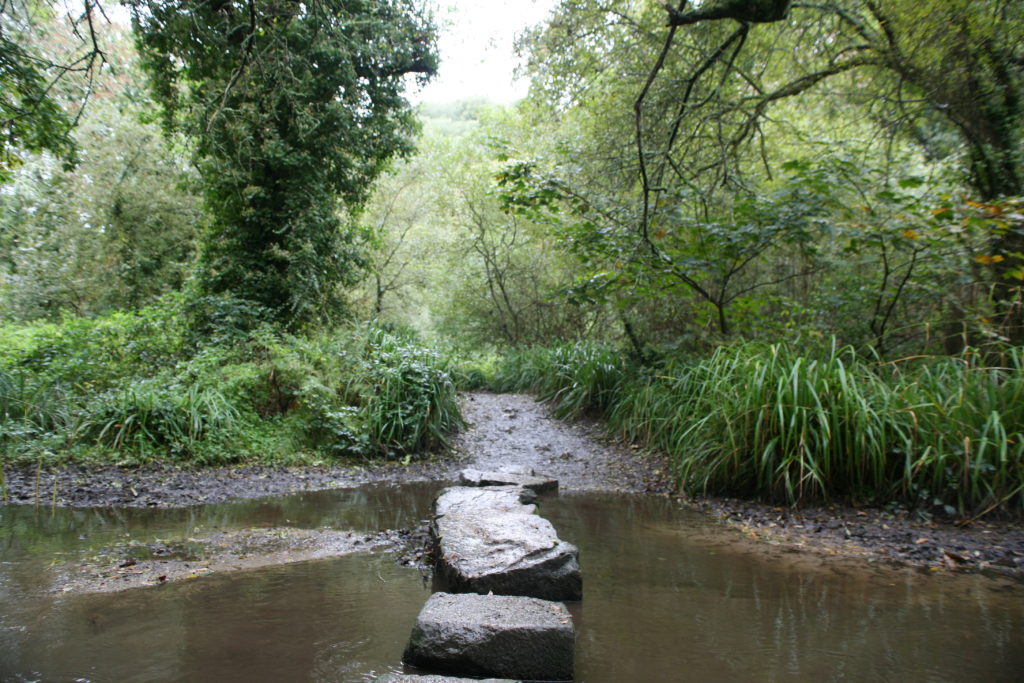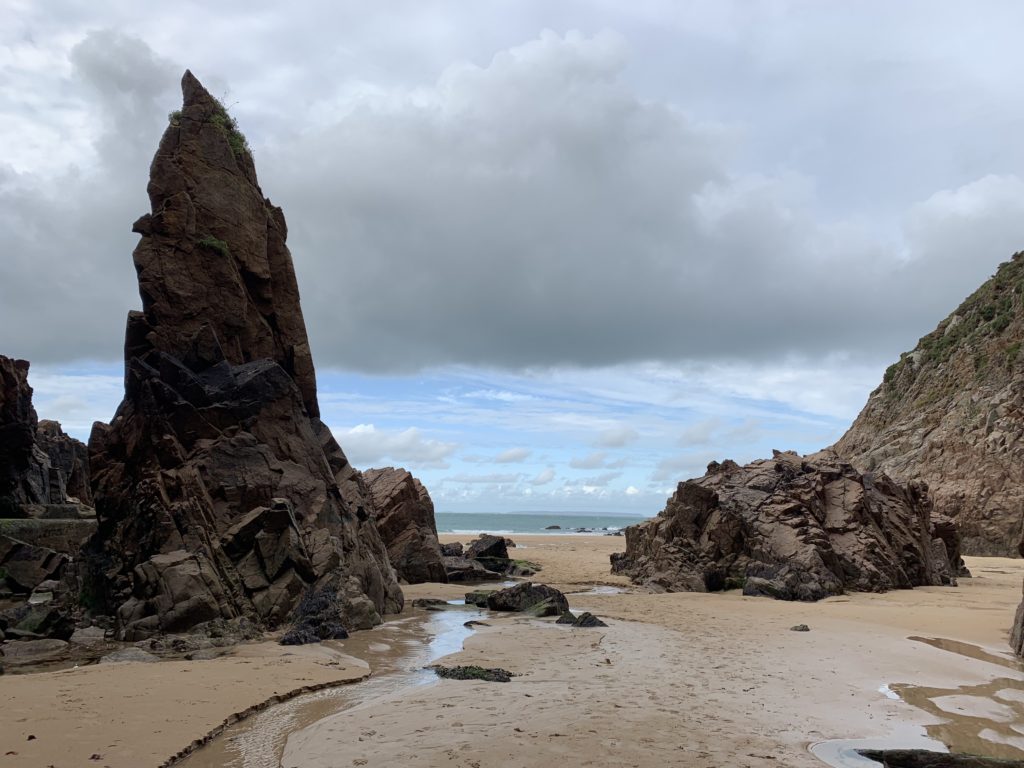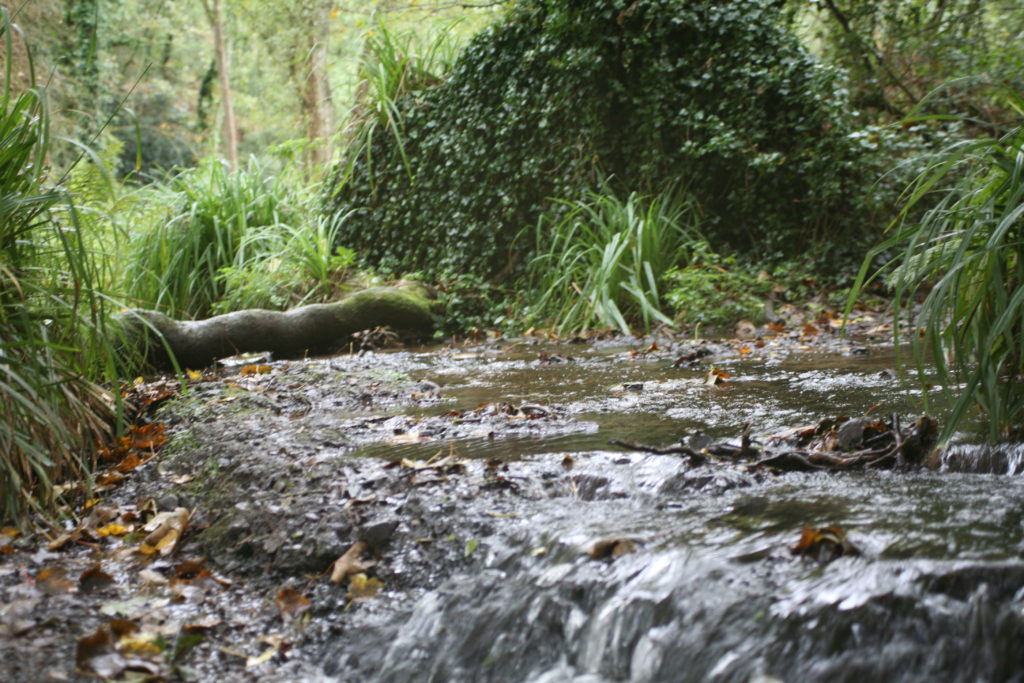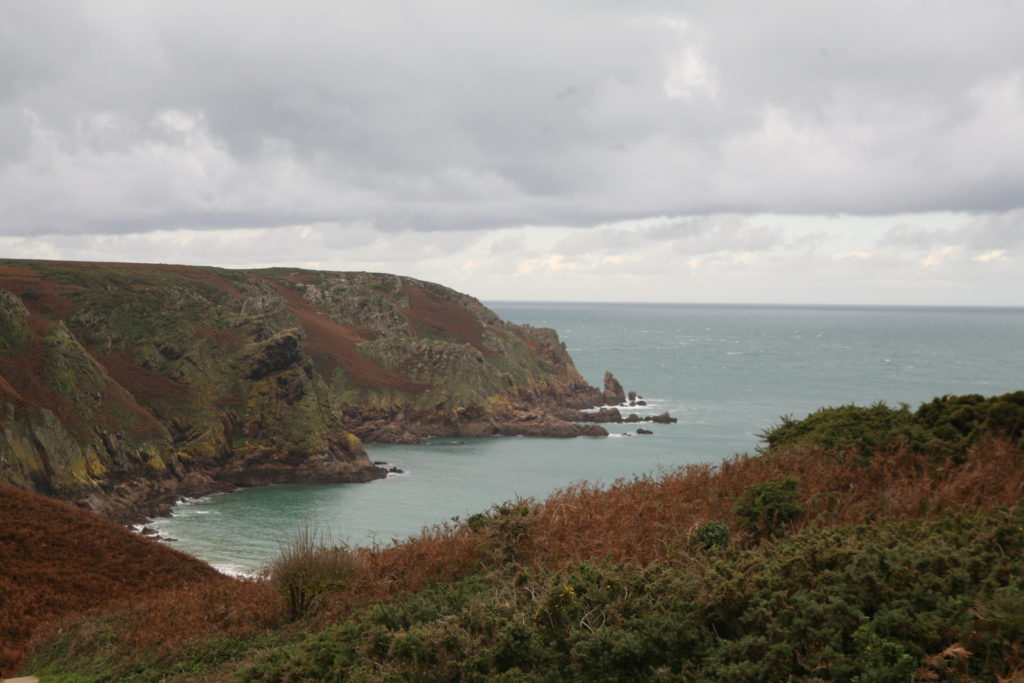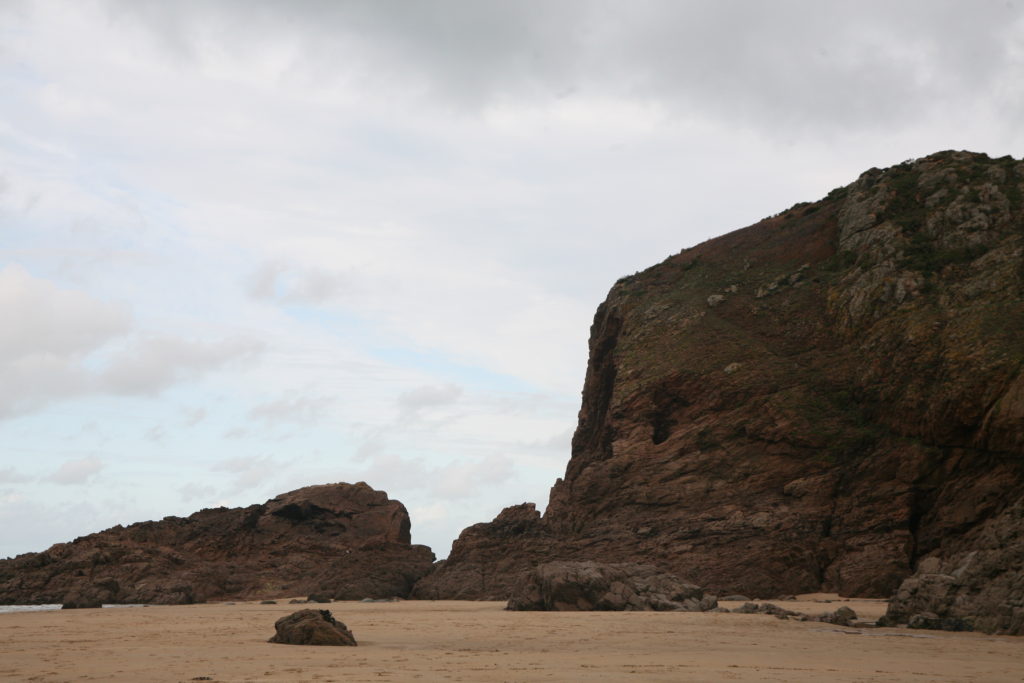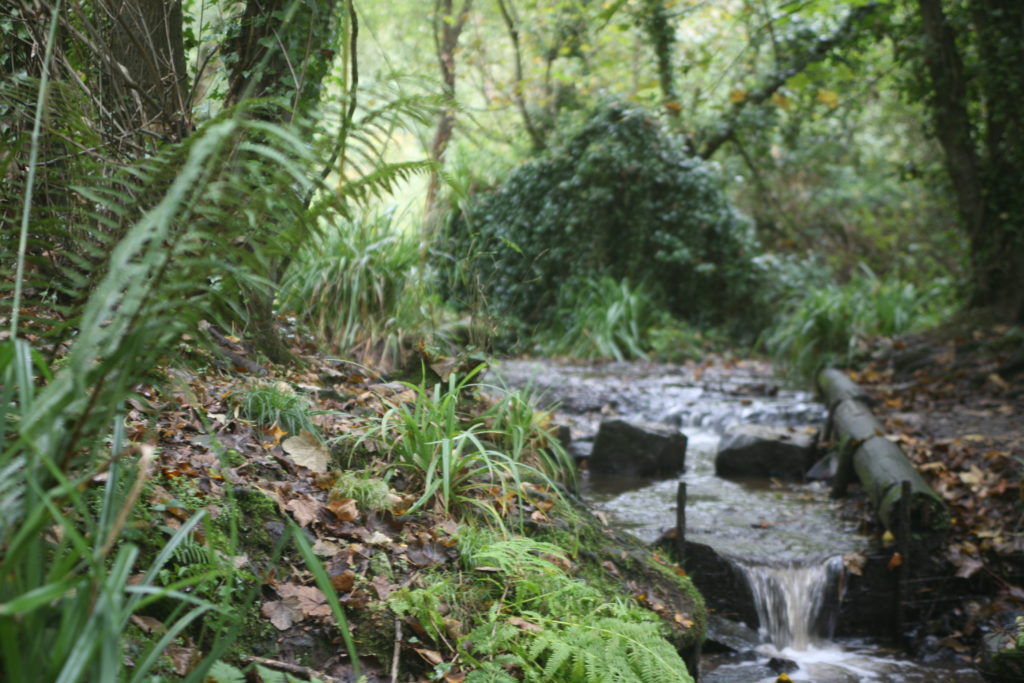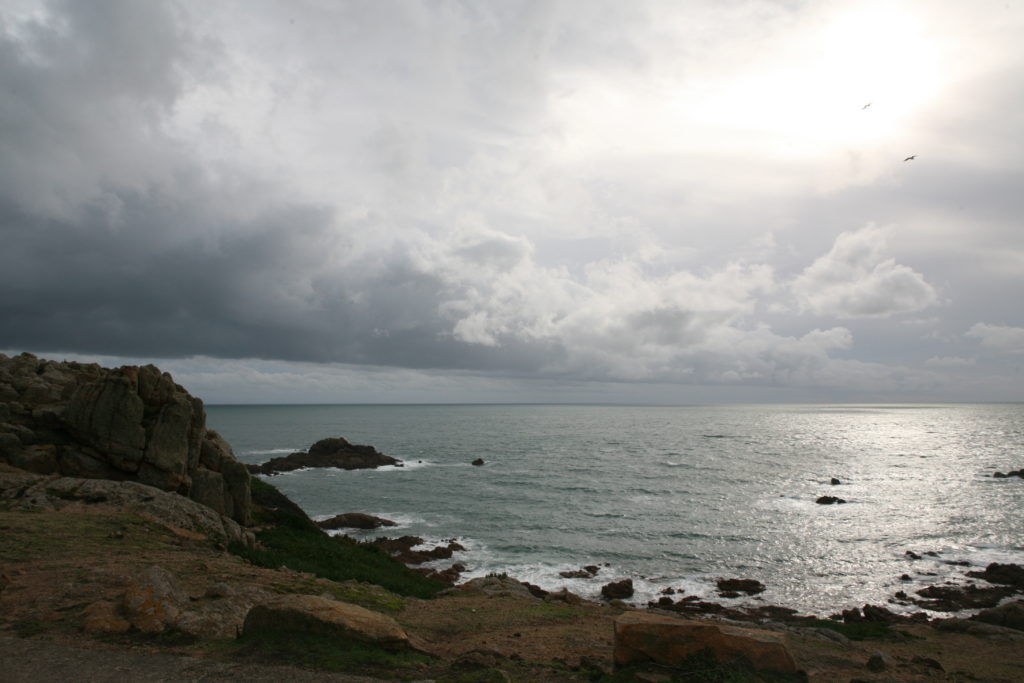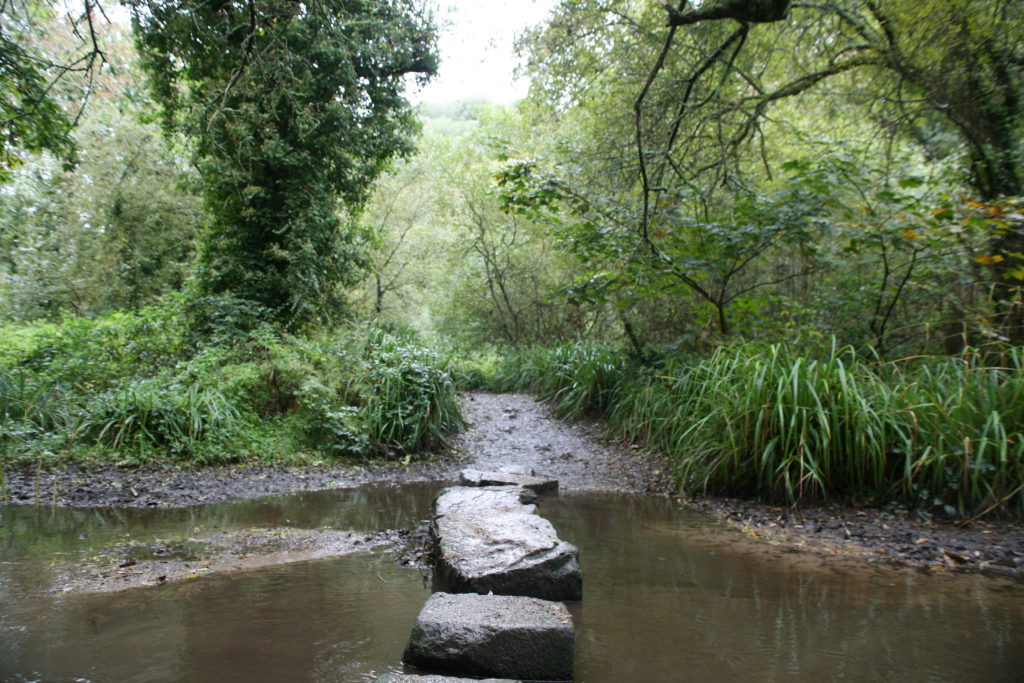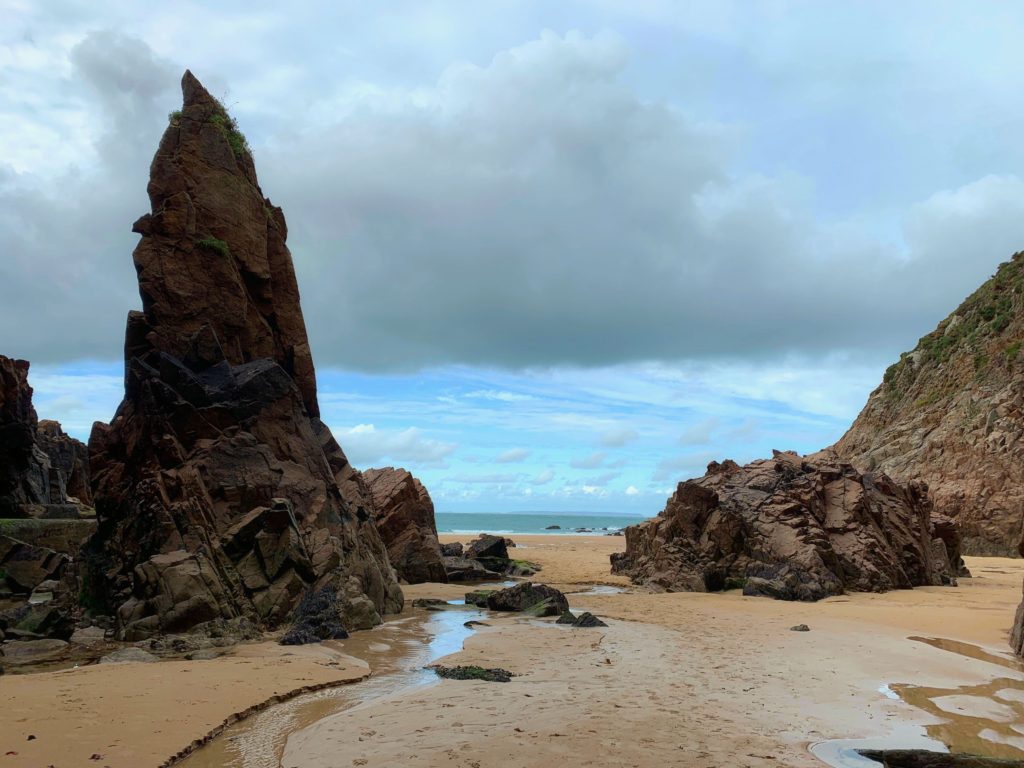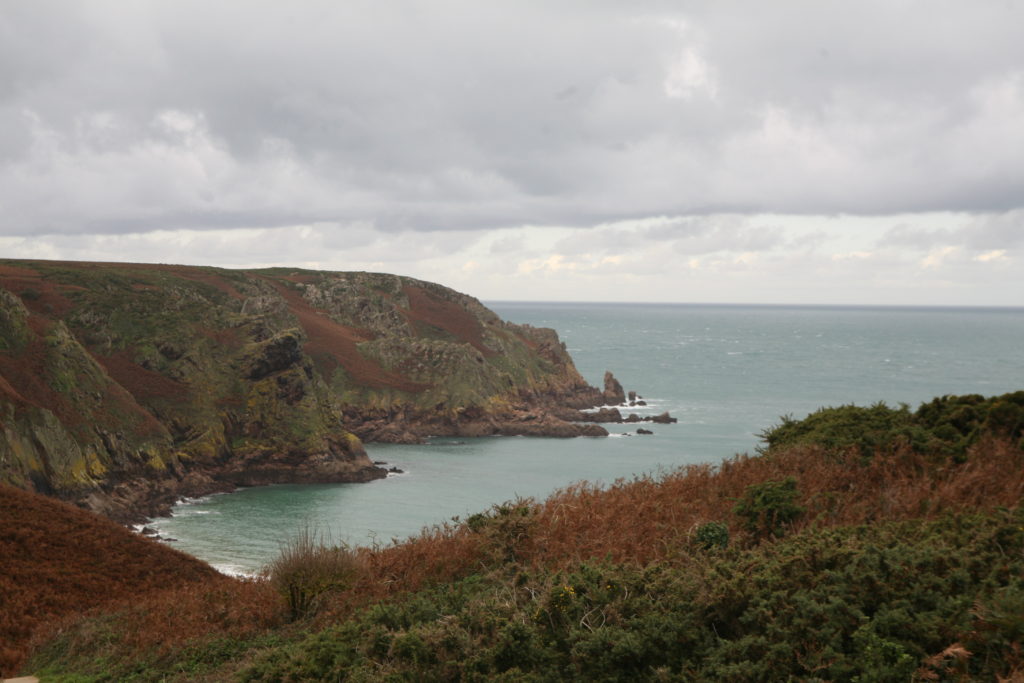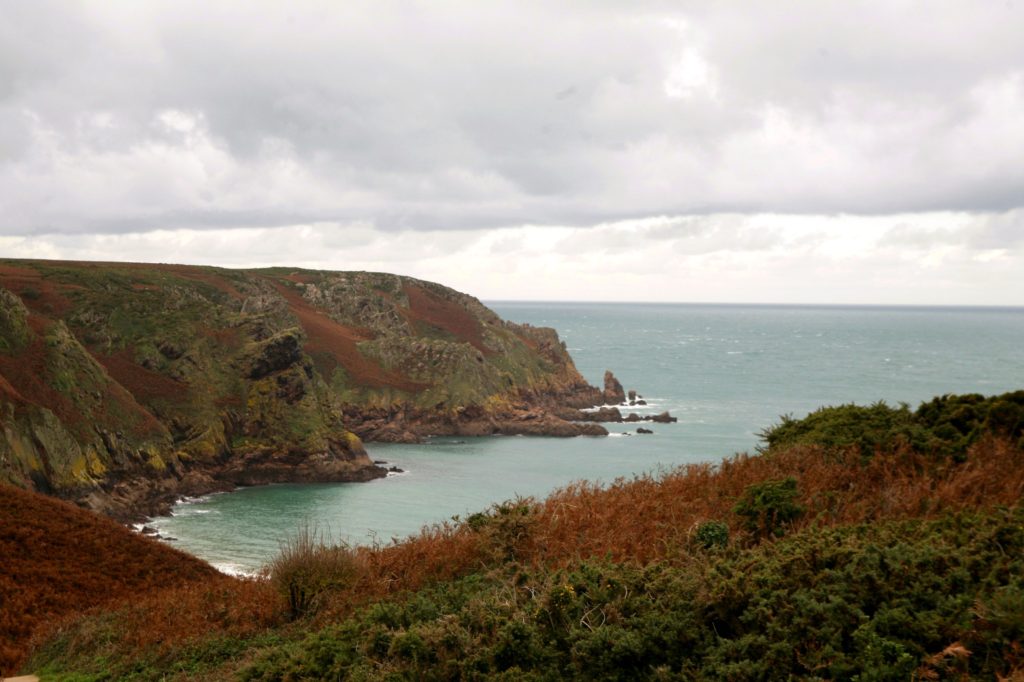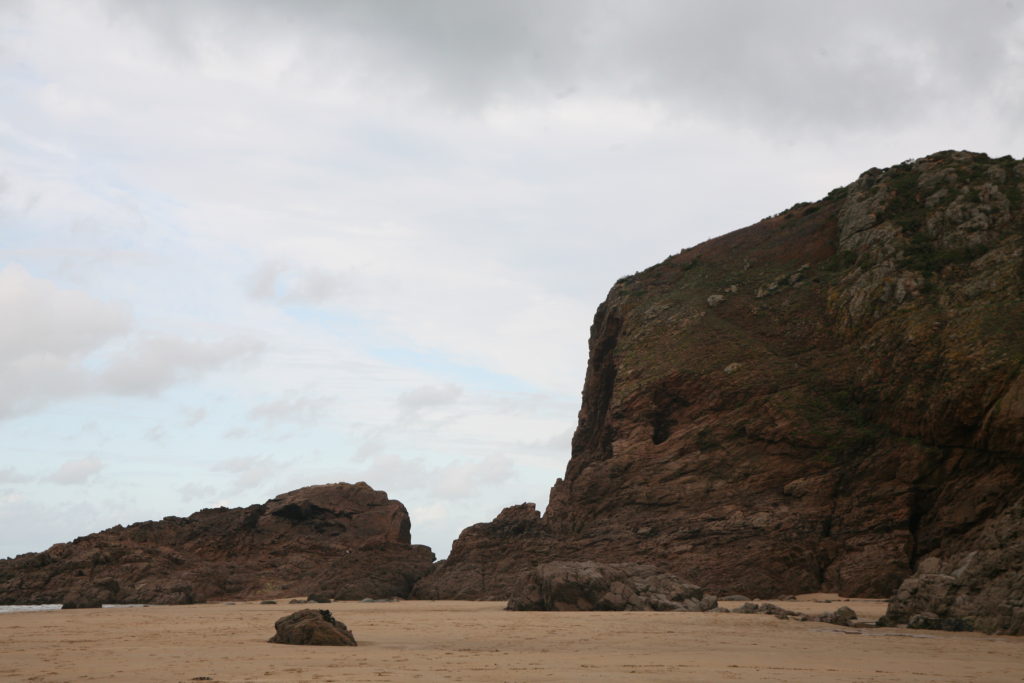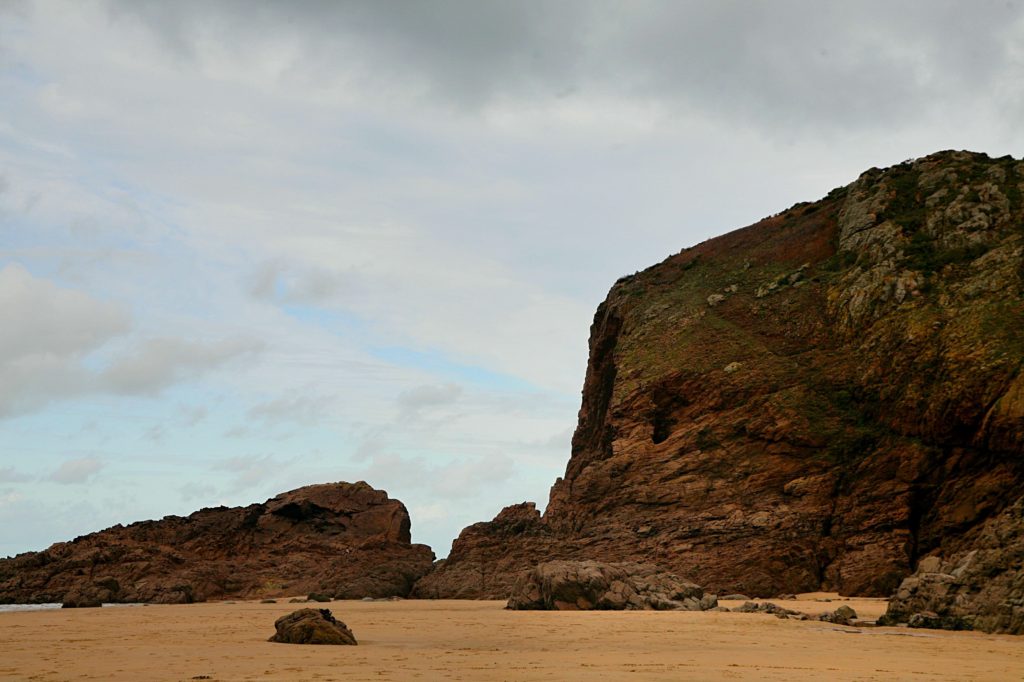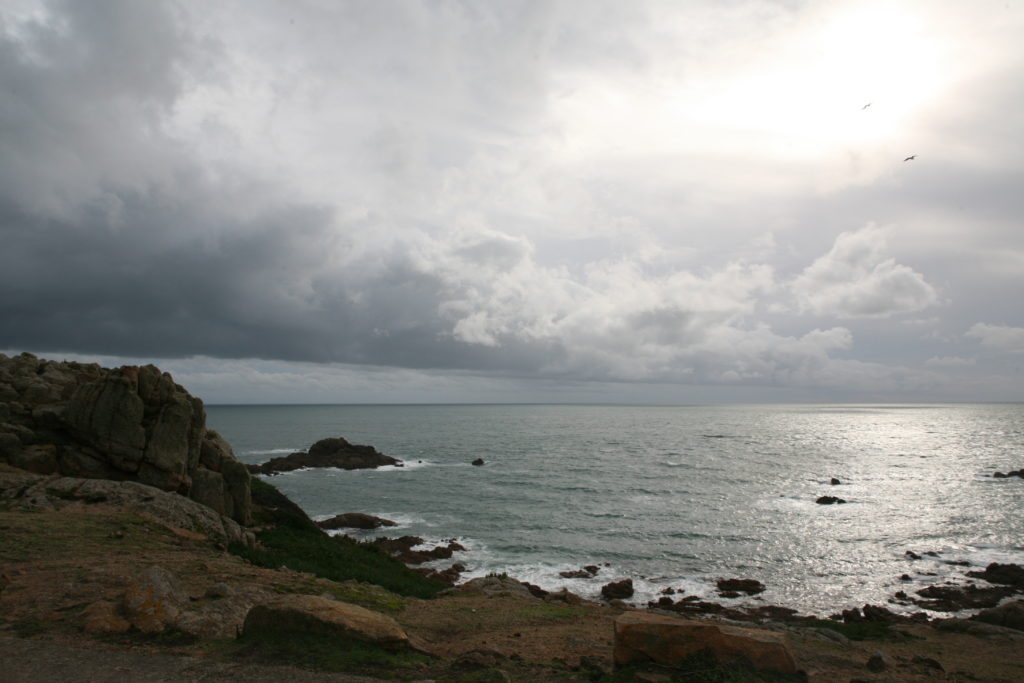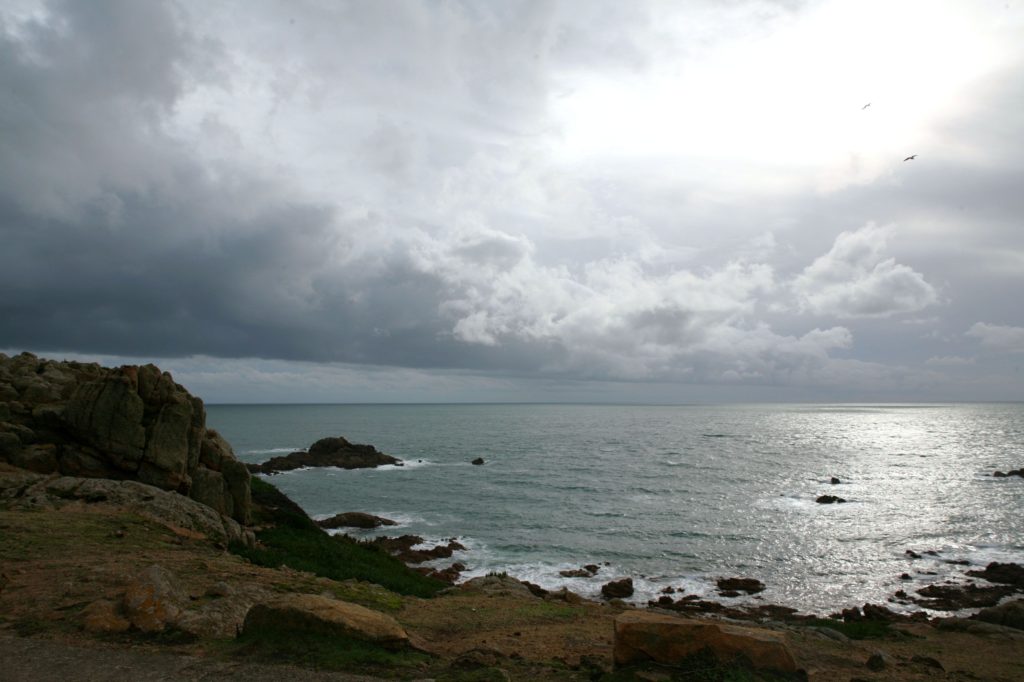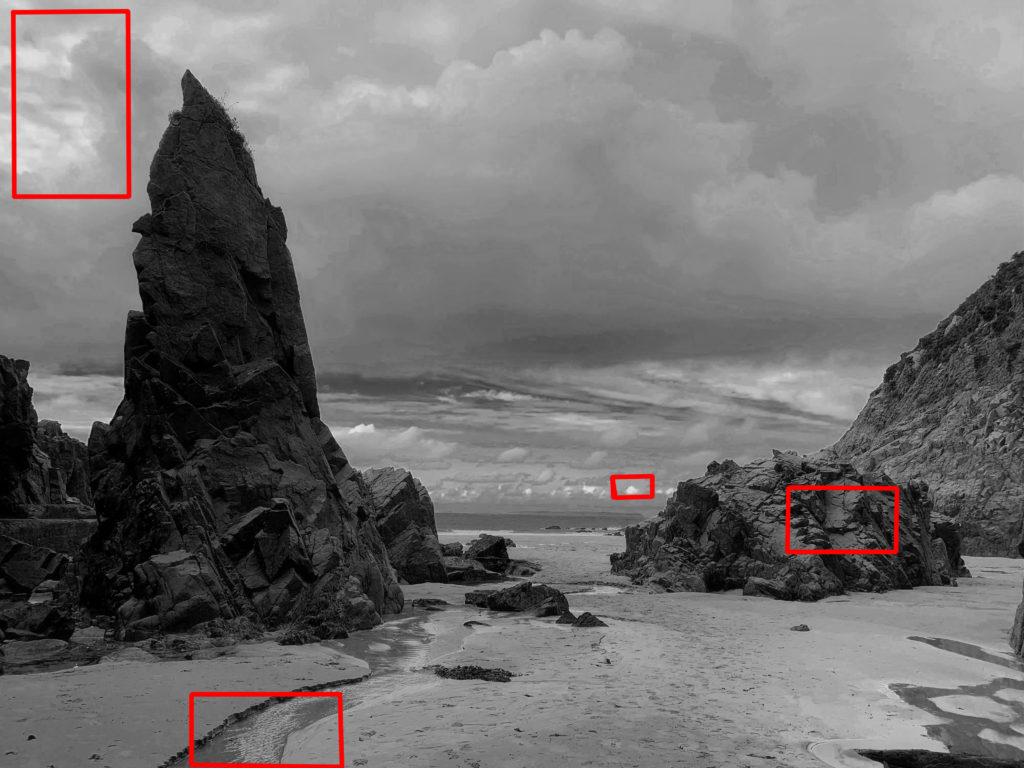Shoot 1,2,3 and 4
Best images:
These images proved to be the most successful out of the 4 shoots, as they were clearly taken (no evidence of camera shake compared to the other photographs taken), the majority also show large structures associated with romanticism in landscape photography.
Editing process:

For the image above, I increased the temperature, highlights and contrast to accentuate the detail on the rocks and to make the water in the foreground of the image stand out. These adjustments also helped to outline the shape of the clouds in the top third.

For this image, I wanted to focus on the green aspects of the landscape. Decreasing the brightness and increasing the saturation of the image brought out a range of green tones, which helped add atmospheric depth to the image. The increase in contrast and sharpness of the photo during the editing process helped to focus on the stones in the foreground and bring attention to the brown hue of the river beneath it. The deep colour of water breaks up the photo, drawing the viewer’s eyes away from the green of the leaves and foliage, making them look over different parts of the image.

This image pictured above already had features I was satisfied with. I felt as though the photo would benefit from an increase in colour in the sand. To achieve this I increased the saturation, made the temperature of the image warmer and increased the contrast and shadows slightly to bring out the oranges and beiges in the rockfaces and sand.

In this image, I wanted to bring out the oranges and dark amber colours of the cliffs. I increased the exposure to brighten the sky and seafoam where the water has broken on the rocks. Increasing the saturation and temperature of the image allowed the creation of a warmer image, in turn emphasizing the greens, yellows and the orange tones in the image.

Increasing exposure, contrast, saturation, the temperature and shadows allowed for a more dynamic image to be produced. The final alterations of the photo make the cliff structure the main feature and detract the focus from the background, which had been the most prominent in the original image.

Decreasing the temperature, increasing contrast and saturation, and increasing the highlights within this image allowed me to achieve the sublime effect I was aiming for.
Project Evaluation:
Looking into natural landscapes has allowed me explore the idea of romanticism in photography. It’s resulted in me thinking about what type of landscapes and what aspects of nature provide the most powerful effect on an individual. Stone structures such as cliffs and rocky areas stood out to me as a photographer due to their robustness and permanence, a characteristic that humans lack. These landscapes proved to be entirely humbling due to the power of the sublime.
Having grown up in Jersey, many of these places I visited had a nostalgic and sentimental value to me which made it a challenge to photograph purely through how the image looks through the viewfinder.
The photo-shoots also proved to be difficult due to the mass amount of interference caused by man-made structures and objects. Completely ignoring these structures limited the angles at which I wanted to take photos at. Using the manual settings on the camera was a new experience and faults in my produced images, such as camera shake and over-exposure, are prominent throughout my shoots due to lack of experience.
An uncontrollable factor that limited the days I could complete shoots was the weather. However, its mercurial nature also meant that I could photograph and capture different cloud formations within my images and the sky had also provided dark greys and blues which helped to dissect many images.
Final image:
Editing in the style of Ansel Adams:

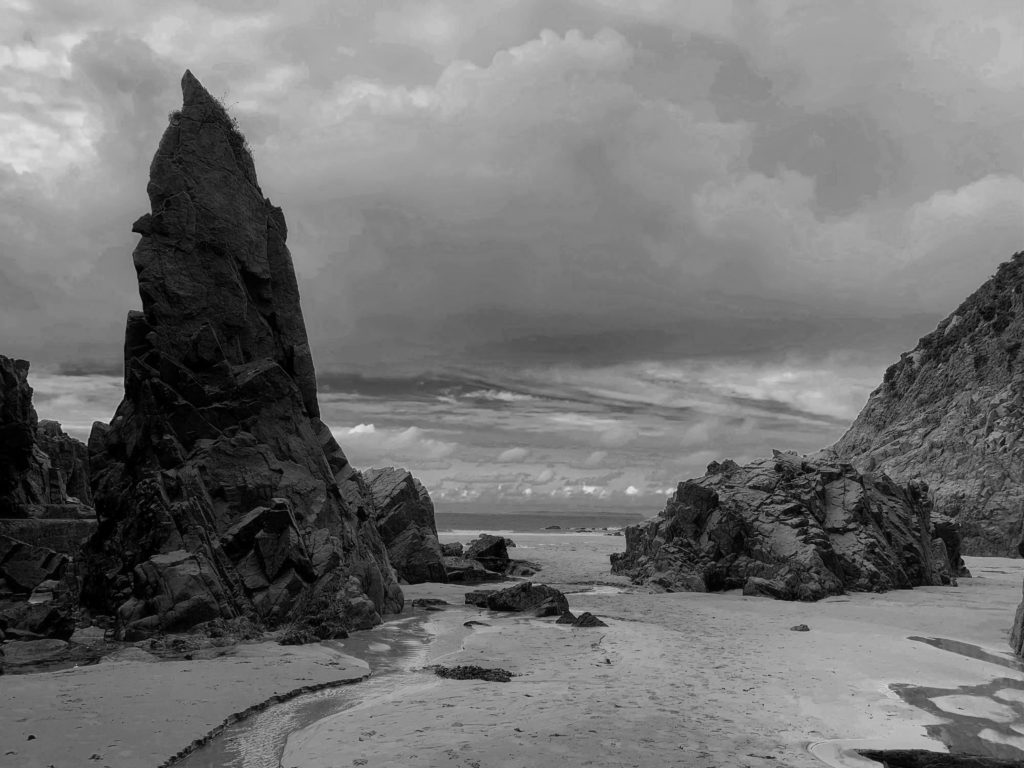
Editing the image in photoshop allowed me to control which colours within the image were darker and vice versa. This allowed me to make a highly contrasted image, similar to one of those produced by Ansel Adams. Following Adams zone system helped during the editing process.
Lighter tones are present in the small clouds in the background and elements of the sky. The ripple effect in the water is also highlighted by these light tones. The rocky formations help to dissect the image, making the photo more engaging to the viewer. The darker tones of these structures allow them to become a main focus of the image. I purposely wanted these to stand out when I took the photo as it’s a primary feature of romanticism to make the individual (or viewer) feel inferior to nature.
The sand within the image provides a texture that differs from the rough surface of the rocks. The stream of water creates a sort of leading line, directing the viewer though the smoothness of the sand to the uneven and irregular surface to the rock formations, sustaining the contrast within the image.

